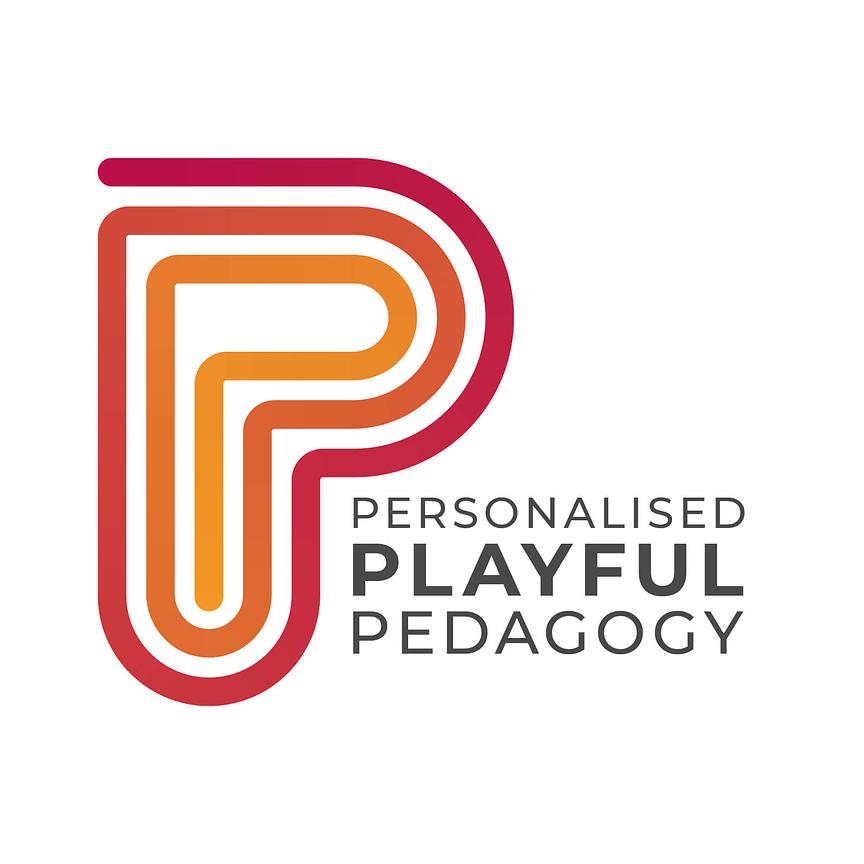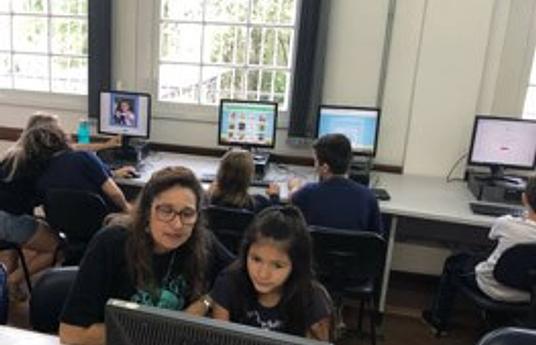What we do?
We empower teachers to planning lessons using a systematic playful planning approach to enable students to made decisions and take responsibility for their learning- without adding to teacher workloads.
Why we do it?
Don't you learn best through play? Don't you enjoy entering that state of flow that sees you forget about the time?
We know that young children learn best through play, and we are starting to learn that university students do too. Why not teenagers? Pedagogy of Play (PoP) showed us that play is not the same for everyone but the Choice, Wonder and Delight converge to give a personal approach to play. Why not a personal approach to learning too?
Six in ten of the top paying jobs in 2016 had not existed in 2006 and this situation is growing. Emphasis is being placed on 21st Century skills such as creativity and decision making as well as adaptability are heralded as key to solving issues such as climate change. Knowledge acquisition is still important but traditional teaching drives traditional learning and information recall is no longer the currency of employability. Developing a skill such as creativity can be done with academic rigour while enhancing engagement, and teaching students to transfer knowledge between subject areas.
PPP is an approach to planning that presents a number of different options to pupils, and ultimately gives them the opportunity to select the most appropriate for their ability. They centre around the learning objective for the lesson and all pupils must meet their target. The method of demonstrating their learning is in the control of the pupil.
We know that adolescence is a time when children begin to assert their own preferences, in their music choices, their clothing, their own style. This is a very important part of their development and their sense of self. In their education however, they continue to be confined:, what they will learn, how they will learn, what they will eat, how they will dress, what they have access to in their free time. All of these things are constrained by the adults involved in their education and their lives. In the UK, children make options in year 8 or year 9 (age 12-14) about what they will study for their GCSE's, although the list of subjects that they have no choice over is much longer than those they can select. Teachers, such as myself, often find themselves struggling to meet the diverse needs of differentiation in the classroom, while trying to get pupils to take responsibility for themselves. Taking responsibility for their learning, much of which they have no control over. This program aims to give some of that control back to them, within clearly defined perimeters that supports progress for everyone, removing constraints from the more able and supporting the development of the skill in those who are struggling.
We have conducted an initial study with 59 pupils at one secondary school showing that the introduction of play has a medium positive effect (.48) on the creativity thinking in a class, while traditional teaching methods actually decrease this important skill by a very large amount (-1.16). This means that the difference in creative thinking between those who learn through playful planning and those who experience traditional teaching methods, is actually a very large Cohen’s d effect size of 1.64. Even the introduction of a student focused lesson planning method had a large negative effect on creative thinking (-.90) despite offering choice to pupils. The student focused group did however make three times the expected academic progress during this time. This amazing attainment combined with an increase in creative thinking would really enhance the experience of pupils at secondary school and help them better prepare for life after school. That is why these two methods were combined into the PPP program- a personalized, and playful approach.
Offering a number of options may sound like an increase in teacher workload, however in practical terms this is actually, an adaptation of tasks and strategies that teachers already employ. Teachers using the method say 'it is possibly the best way to teach a mixed ability group' and that the planning time was 'something that I would have done anyway'. Teachers often find themselves 'time-poor' when striving to meet the demands of the curriculum-, the data- driven teaching methods advocated by inspections, and therefore management, and the differentiation needed for maintaining progress for every child across the year. Helping teachers to maintain a good work-life balance has been of utmost importance when developing this method. By putting the pupil's needs at the centre of the teaching, delivering a sustainable, systematic and rigorous program of learning that also meets the curriculum need to of the classroom and strives to develop 21st Century employability skills such as creativity and decision making, this program develops each pupil as an individual. It ultimately offers support and freedom for teachers to teach a pupil, and not a subject.



